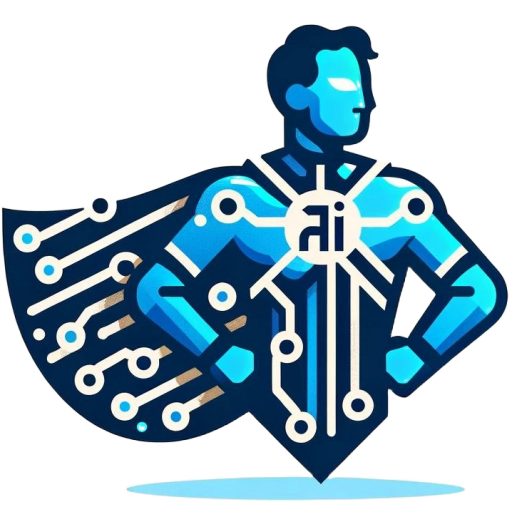Last Updated: January 25, 2024
In the wake of a disaster, every second counts. Lives hang in the balance, resources are scarce, and chaos reigns. But what if technology could turn the tide? Enter the world of Artificial Intelligence (AI), an emerging hero in the realm of disaster relief.
The Dawn of a New Era in Disaster Management
As hurricanes, earthquakes, and other calamities continue to challenge humanity, AI is emerging as a game-changer. It’s not just about the technology; it’s about the lives it saves and the communities it rebuilds.
- Real-Time Data Analysis: AI algorithms process vast amounts of data from satellites, drones, and ground reports, providing real-time updates on disaster zones.
- Predictive Modeling: AI helps predict the path of storms or the spread of wildfires, enabling faster and more effective responses.
From Despair to Hope: The Transformative Impact of AI
Initially, disaster response was often reactive and uncoordinated. Now, AI brings a proactive approach, transforming despair into hope.
- Case Study: Hurricane Response: In the aftermath of a hurricane, AI-powered systems analyzed flood patterns, optimizing rescue operations and saving countless lives.
- Resource Allocation: AI algorithms ensure that aid reaches those in need efficiently, reducing waste and speeding up recovery efforts.
The Crucial Pivot: AI’s Limitations and Human Ingenuity
While AI brings undeniable benefits, it’s not without limitations. The human touch remains crucial.
- The Human-AI Partnership: In crisis zones, AI assists, but human decision-making steers the ship. This blend of technology and human insight is pivotal in navigating complex disaster scenarios.
- Limitations of AI: AI depends on data quality and can struggle with unpredictability. Human intuition and experience fill these gaps.
Empowering Yourself: Tools and Actions for the Digital Samaritan
You don’t have to be on the front lines to make a difference. Here’s how you can contribute using AI and digital tools:
- Disaster Alert Apps: Download apps like FEMA or Red Cross for real-time alerts and ways to help.
- Using Generative AI: Leverage AI tools like Bing or Google AI for information gathering and sharing vital updates.
The Future Is Now: Embracing AI for a Safer Tomorrow
The journey from chaos to order in disaster relief is ongoing. AI’s role is growing, offering a glimpse of a safer, more resilient future.
- Advancing Technology: Ongoing advancements in AI promise even more effective disaster response strategies.
- Global Collaboration: The integration of AI in international disaster relief efforts symbolizes a united front against calamities.
Taking Action: Be Part of the Solution
Your involvement can make a real difference:
- Stay Informed and Prepared: Use AI tools to stay updated on potential disasters in your area.
- Support and Volunteer: Consider supporting organizations that integrate AI in disaster response. Your contribution, whether it’s time or resources, counts.
Conclusion: A New Chapter in Disaster Response
AI in disaster relief is not just a technological evolution; it’s a beacon of hope. As we embrace this new chapter, the collective effort of technology and humanity paves the way for a brighter, safer future. Join the movement, stay informed, and be a part of this transformative journey.

Leave a Reply